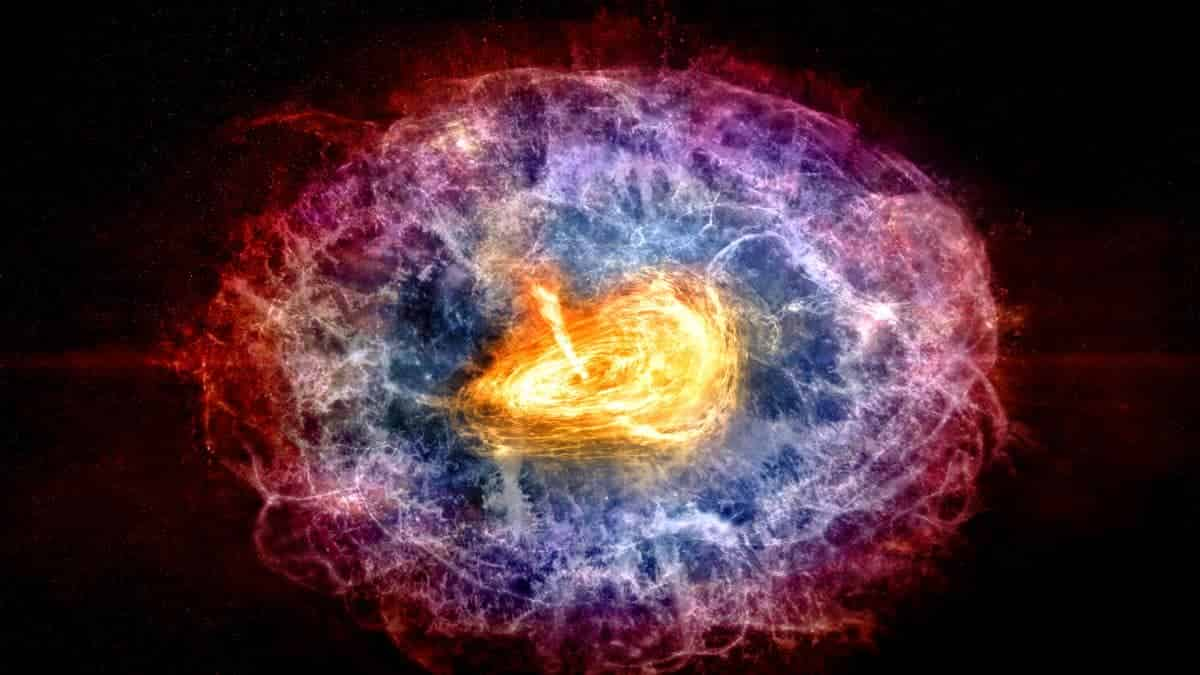The VLA Sky Survey detects a 14-year-old powerful pulsar wind nebula in a distant galaxy

The VLA Sky Survey has declared that they have discovered a new and one of the youngest neutron stars at 14 years of age. The VLA Sky Survey known as the Very Large Array Sky Survey or VLASS is a community-based initiative that uses American physicist, Karl G. Jansky’s Very Large Array (VLA) concept to carry out a synoptic radio sky survey in order to access time-domain radio sky. Time-domain astronomy produces astronomical surveys to detect radio bursts, magnetospheric flares, stellar core-collapse, and mergers.
A neutron star is the dense remnant of a supernova explosion that emits radio signals from the pulsar’s powerful magnetic field, an extremely strong multipolar magnetic field. The object discovered is called VT 1137-0337 which is situated in a dwarf galaxy 395 million light-years away. VLASS observatory has detected its presence in 2018 for the first time.
According to the researcher of Caltech, Dilon Dong said that they have experienced a pulsar wind nebula that is created from the magnetic field of a rapidly spinning neutron star responsible for accelerating its surrounding charged particles to almost the speed of light. The scientists have reported this finding at the American Astronomical Society’s meeting in Pasadena, California.
According to reports, VLASS has been conducting a complete observation of the sky since 2017. Researchers have said that the neutron star is distinct because of its bright radio emission. The galaxy is called SDSS J113706.18-033737.1 which is a dwarf galaxy currently experiencing star formation.
Astronomers say that the neutron star is a pulsar wind nebula found inside the shell of a supernova explosion powered by winds generated by a central pulsar. They further said that initially, it was difficult to detect the neutron star since its radio emission was blocked from the view by the supernova shell explosion producing debris. Researchers have detected the neutron when the shell expanded and emitted radio waves.
A researcher said, “This happened between the FIRST observation in 1998 and the VLASS observation in 2018.” VLASS could not detect it in its FIRST Survey in 1998 as it was hidden under the debris. A recent VLASS image taken in 2018 has revealed its presence.
Reportedly the object is likely to be the most powerful pulsar wind nebula which can qualify as a magnetar. A magnetar is a type of neutron star that has an extremely powerful magnetic field decay that powers the emission of high-energy electromagnetic radiation. This type of emission can be detected easily due to its Fast Radio Bursts.
Researchers said, “in that case, this would be the first magnetar caught in the act of appearing, and that, too, is extremely exciting.”


